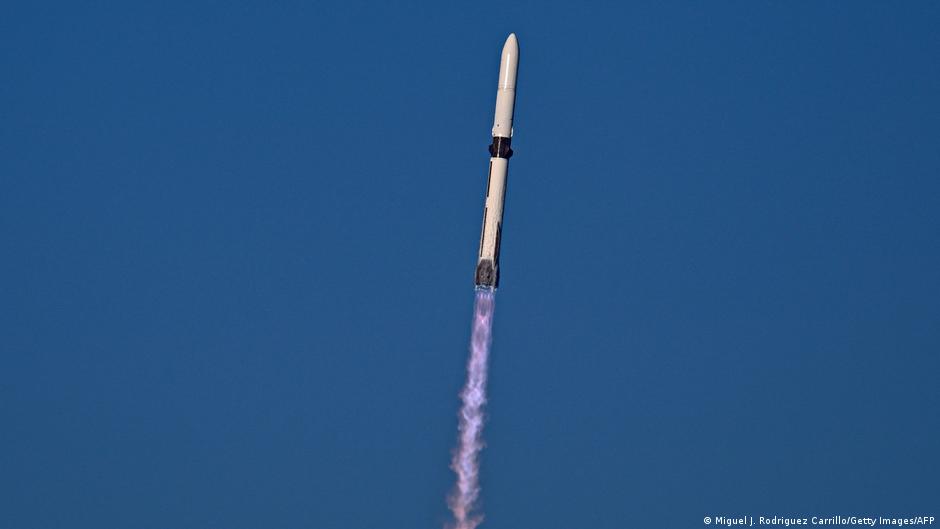
"The 321-foot (98-meter) rocket, named after former US astronaut John Glenn, blasted off from Cape Canaveral Space Force Station in Florida four days later than planned due to inclement weather. After releasing the Mars orbiters, the rocket booster also successfully landed back on an offshore platform in a manner similar to that used by rival company SpaceX but which was a remarkable first for Blue Origin."
"The recovery and then re-use of the powerful rocket booster is seen as an essential part of cutting costs and making space flight more financially feasible. 'Next stop, moon!' and then Mars? An ecstatic Bezos watched the action personally from Launch Control, where employees chanted "Next stop, moon!" following the booster's bull's-eye landing. NASA officials conveyed their congratulations, as did SpaceX's Elon Musk."
"Twenty minutes after separating from the booster, the rocket's upper stage then completed the mission's main objective by deploying the two Mars orbiters in space. The twin NASA craft, collectively known as Escapade, will remain around a million miles (1.5 million kilometers) away from Earth for a year until the planet aligns with Mars again, at which point they will set off towards the red planet with the help of a gravity assist."
Blue Origin launched its 321-foot New Glenn rocket from Cape Canaveral carrying two NASA Mars orbiters. The rocket lifted off after a four-day weather delay and its booster landed on an offshore platform, marking a first recovery that enables booster reuse and cost reductions. Twenty minutes after separation the upper stage deployed the twin spacecraft, collectively called Escapade, which will remain about 1.5 million kilometers from Earth for roughly a year. The orbiters will depart for Mars at the next favorable alignment using a gravity assist and will map magnetic fields and solar winds upon arrival in 2027.
Read at www.dw.com
Unable to calculate read time
Collection
[
|
...
]